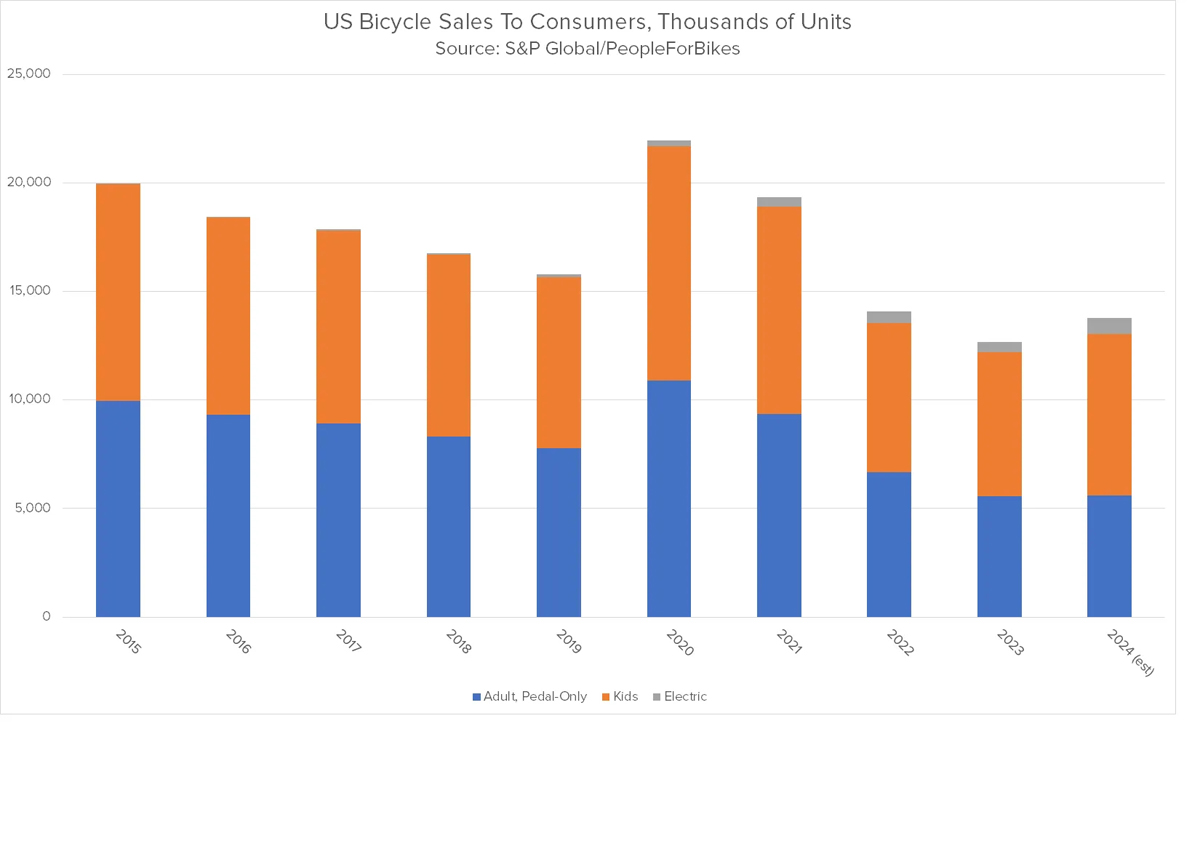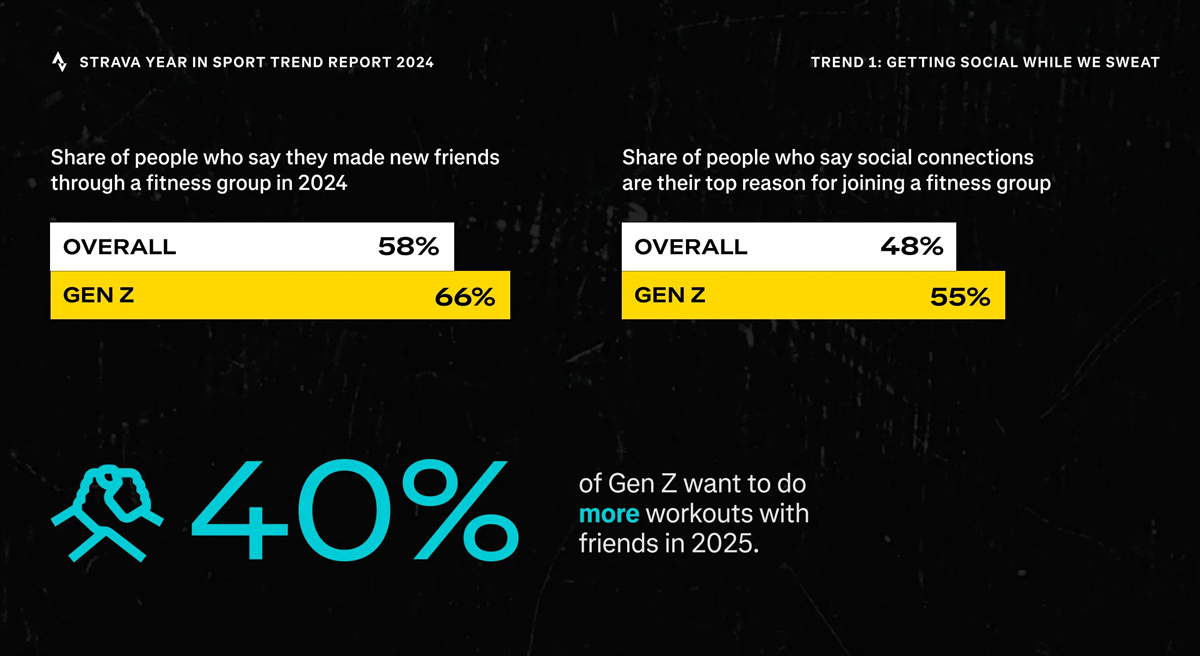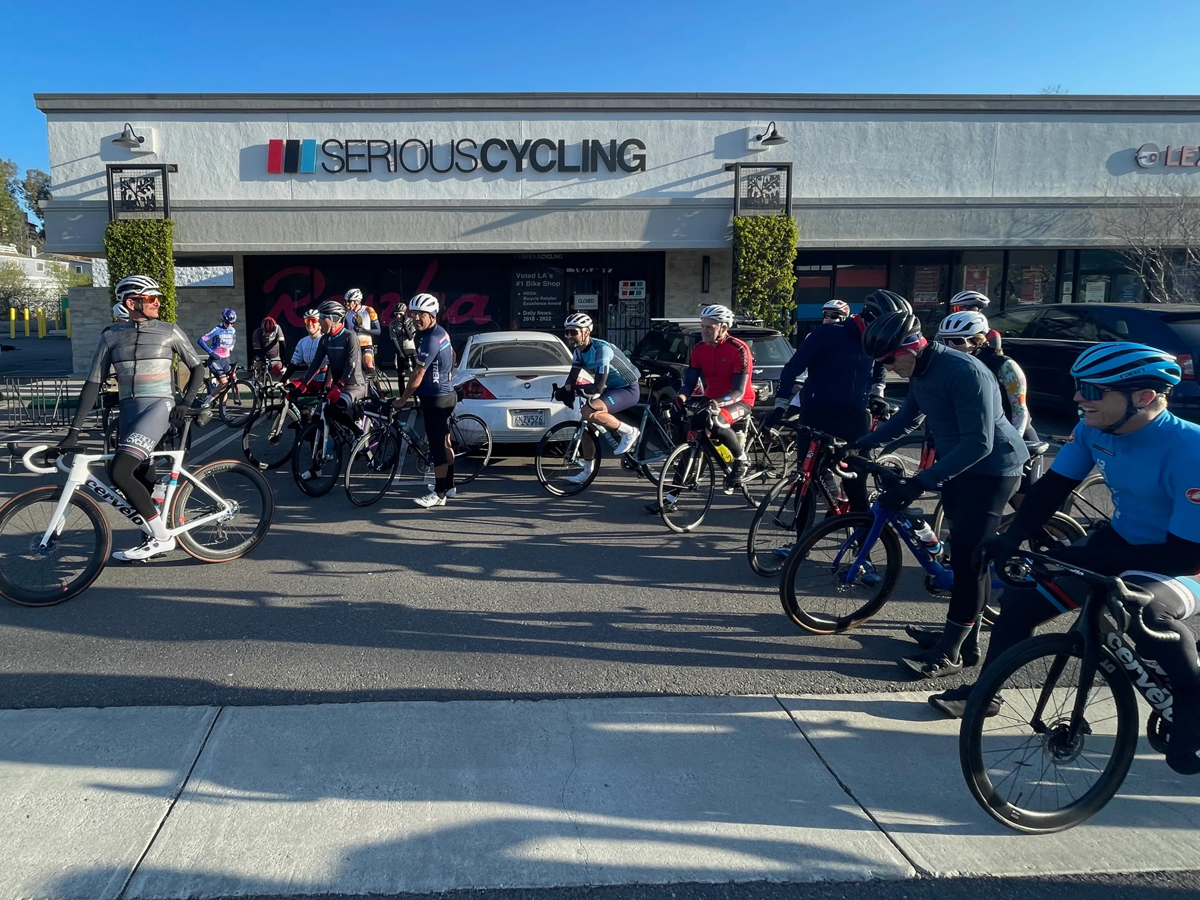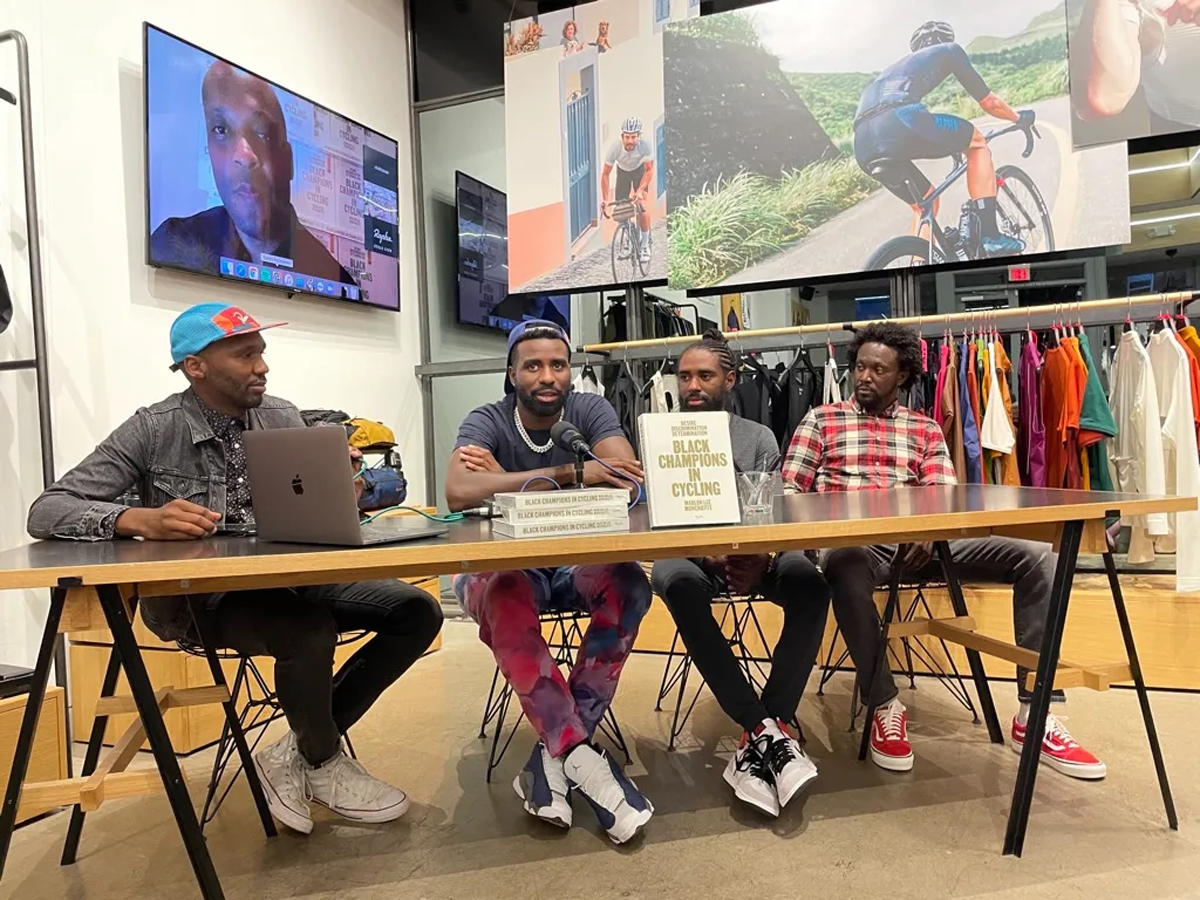By Peter Abraham — The bike industry is currently in the middle of its worst-ever recession. There was a huge pandemic-induced spike in interest in bikes (along with other outdoor activities) in 2020 and 2021, followed by a massive drop off in demand that many insiders are predicting will last until some time in 2026.

This sales downturn has impacted the entire industry, from bike, component & apparel manufacturers to ecommerce outlets and of course bike shops.
As part of this downturn, two bike shops near me recently closed, with apparently more on the way. Seeing retailers struggle just to keep their doors open got me thinking: What is the bike shop for in 2025? Which problems does it solve for the customer?
Bike shops started opening around the world as bikes grew in popularity in the late 1800s. The number of bike shops operating in the U.S. has risen and fallen since the turn of the century along with the state of the industry. Currently it’s estimated that there are about 7,000 bike retailers in this country. As it has with many businesses, the internet has had a huge effect on bicycle retail. Parts are now often purchased online, and bikes are as well as illustrated by the rise of German direct-to-consumer brand Canyon Bicycles, with revenue approaching $1b annually.
Here are the central functions of a bike shop:
- Complete bike sales: This sounds obvious, but with the list of DTC brands growing, you don’t necessarily NEED to go to a bike shop to buy a bike. You could buy a bike at Walmart or REI. You can also buy a used bike off of Facebook Marketplace, The Pro’s Closet (which recently went out of business and was sold and reopened) or any other marketplace. However, at a bike shop you can test ride a bike, you are more likely to get a bike that fits you and there are often a number of different brands and models to choose from. And bike shops are particularly good for lower cost bikes when a customer wants to walk out immediately with a new bicycle.
- Service: Bikes now are increasingly complex and mechanically challenging to work on. Now on a single bike you may have hydraulics, electronics that require firmware updates, tricky tubeless tires and carbon fiber parts that require a selection of torque wrenches. The completely mechanical and made from metal bikes that I grew up working on look quaint and antique in comparison today’s high tech versions. As someone who’s owned and worked on bikes since high school, I still take my bike to the shop for service a few times per year. There are alternatives like Velofix mobile repair, where a van comes to your house, but many people love taking their bike to a shop and developing a relationship with the staff.
- Parts: Yes, you can buy parts at a bike shop, and I occasionally do because it’s convenient. But the internet has changed this due to the unlimited selection available online. I source lots of things via ecommerce because a single shop could never carry all of the different bike parts that I might buy in a year. For example, if I need to replace my Schwalbe Pro One 32mm tubeless ready road tires, it’s unlikely that I’d be able to find that model and exact size (slightly unusual) in my local shop. So it’s faster and easier and maybe cheaper (I might find them on sale somewhere) to just search online and have them delivered.

- Community hub: Underrated but also important. Retail shops in almost any sport (running, skiing/snowboarding, skating, surfing, climbing all come to mind) become gathering places for those passionate about that activity. Shops invest in this component to varying degrees. My favorite local bike shop, Serious Cycling, has an active bike racing team, a foundation and a vibrant community with different group rides every week. In comparison, the Trek shop near me that just closed had no coffee, no community that I was aware of, not to mention only one brand of bikes (Trek) and accessories (Bontrager) for sale. Also, is the shop supporting local races or NICA mountain bike teams and using events to create relationships? The community component is an important factor (but not the only one) that keeps customers coming back.
- Data Gathering: Who spends money at a retail establishment and does the shop use data to glean insights about their customers in order to serve them better? Which neighborhoods do they live in? Where do they ride? What kind of riding do they do? What age are they? What do they think your shop could be doing better? Does the shop have Strava, Instagram & other social media (Facebook, Threads, Blue Sky, there are so many now) accounts in order to serve relevant content to their customers and start conversations?

What should a bike shop look like in 2025?
I see many bike shops operating as if it’s 1990. Yet, the world has changed so much in the last 25 years due to both technology and generational tastes. In my life as a marketing consultant, I’ve worked with many brands that have retail locations: Nike, Hoka, lululemon and Best Buy among others. Based on learnings from these and many of the bike brands I work with, here are some ways bike retail can be improved:
- Buyer’s choice. Customers should have the option to buy a bike from a brand in different ways: From a shop, via DTC or click and collect, where they order the bike online and have it delivered to a nearby shop for assembly. Let’s say a cyclist in Reno, Nevada wants to buy an Allied bike, but the brand does not have a shop in the state of Nevada. That customer should be able to buy a bike directly from Allied, who then ships it directly to the customer. A bike brand should not be limited to potential customers who live within, let’s say, 20 minutes of one of their dealers. In order to limit showrooming (test riding a bike at a shop then going home and ordering it online) brands can give the retailer nearest to the customer a cut from the sale of a bike in that area.
- Just-in-time. Shops often have to forecast demand for a bike brand they sell, then place an order (and pay money up front) in specific sizes, models, colors and build levels. There are so many permutations of a bike that a shop might sell: size, model, build quality, color, accessories, tires…when you play this out it gets into the hundreds of options. Hopefully actual demand aligns with their forecast and they can sell all of the bikes. Of course, that’s often not the case. It’s unreasonable to expect a small retail establishment with limited access to sales data to correctly forecast these permutations. It would be great if the bike industry got behind a more just-in-time model: A customer would see a new bike at a shop, which would have a display model and a few demos for test rides. If that customer test rides the demo, likes it and wants to buy one, the shop would then call a regional warehouse (or the national HQ in the case of smaller brands) which has a bunch of RTP (ready to paint) frames standing by. The customer can choose from a number of paint colors, and maybe even build level as well. The bike is painted and put together at the warehouse and shipped directly to the customer or to the shop for assembly. This process may sound simple, but of course lots of things have to be set up in order for it to happen smoothly.
- Community. Every bike shop should engage the community at some level. This does not have to be only about supporting bike racers, a traditional bike shop customer category. There can be movie nights, guest speakers, social events, urban focused rides, bike infrastructure advocacy, trailbuilding projects, and so many other things. The point here is that customers (particularly younger ones) want to meet other customers. So retailers should provide that experience. I see many bike shops totally missing this opportunity.

I think we’ll see another difficult year for bike retail in 2025. It would be great if some bike shops used this challenging time to rethink how they serve customers. After all, customers who don’t feel they’re the first priority of bike shops will choose other places to spend money on their bike habit.








